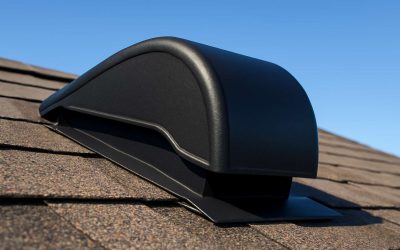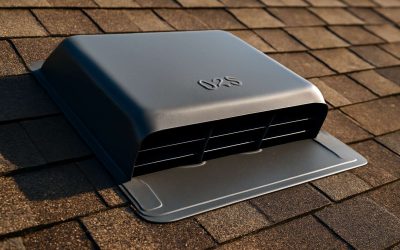Anyone who has paid attention in physics class knows that hot air rises—and it is pretty stubborn about leaving an attic. This is why it’s important to keep your attic well ventilated. That means forcing hot air out through a vent and then something to act as a bouncer and push it on its way, like cool outside air.
That is where a roof extractor fan comes in. These fans generate a strong flow of fresh air and help prevent condensation from forming in the attic. This in turn can prevent black mould growth which can be harmful to health and cause wallpaper to peel and crumble.
Ventilation systems such as these can also improve energy efficiency, reducing cooling costs by helping to keep the home cooler. This is especially true in homes with little or no insulation in the attic, poor solar reflectance on the roof, and/or a poorly shaded roof with an inadequate radiant barrier (FSEC 2000).
Roof extraction fans can be hardwired directly into the electrical circuit or plugged into a power outlet. They can also be powered by a thermostat that is wired to the fan, or alternatively a solar panel for an environmentally friendly option. They can be installed in a variety of places such as kitchens, laundry rooms and bathrooms. They have an aerofoil-style fan blade that improves performance and are corrosion resistant.



0 Comments